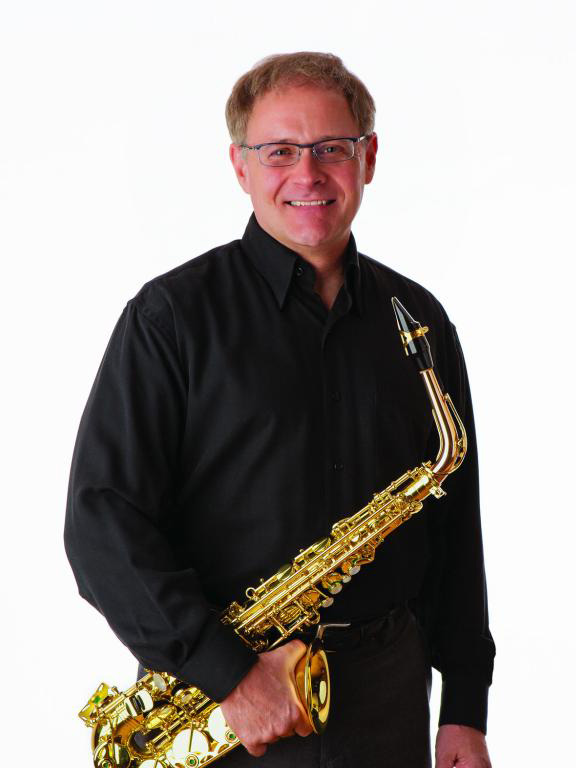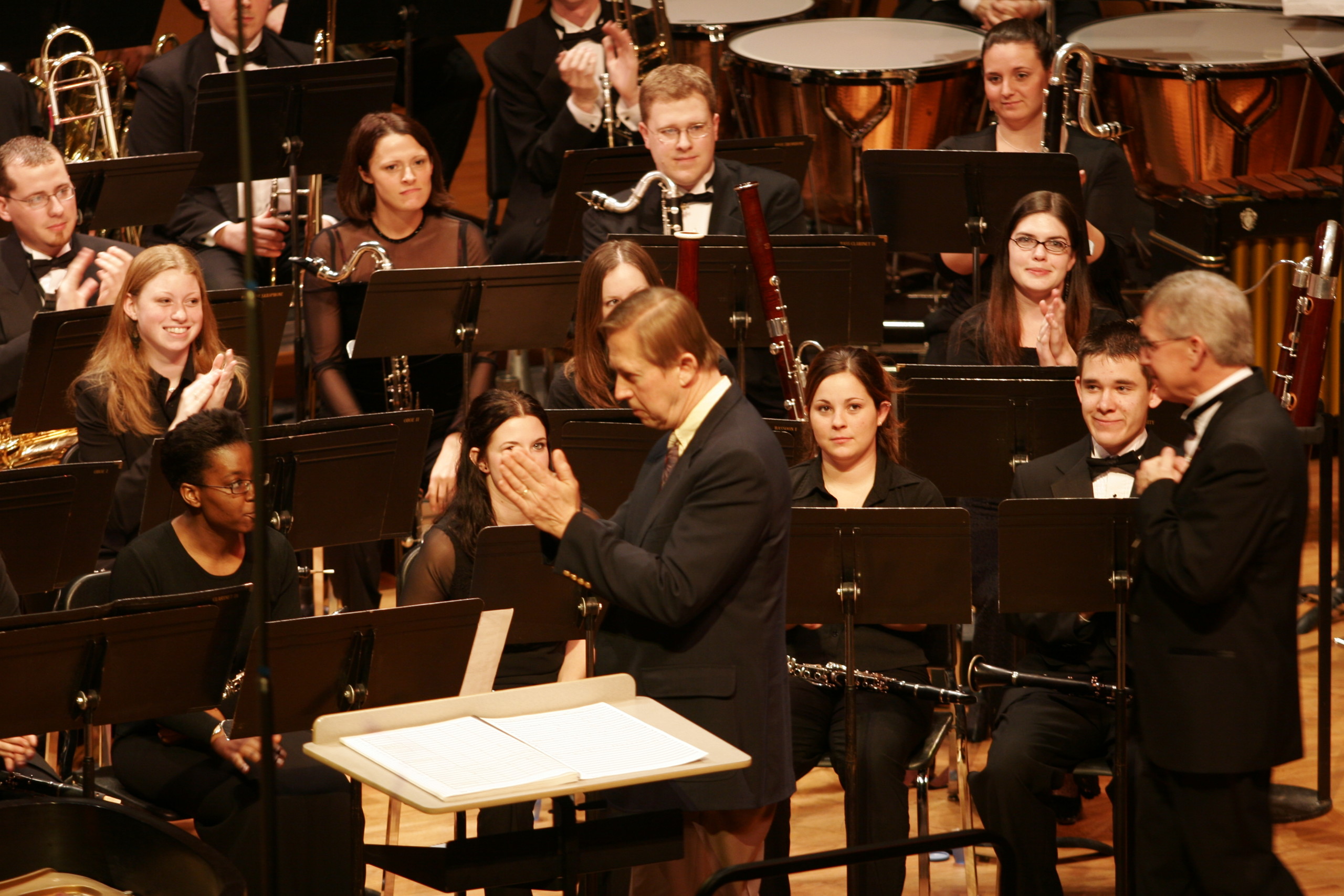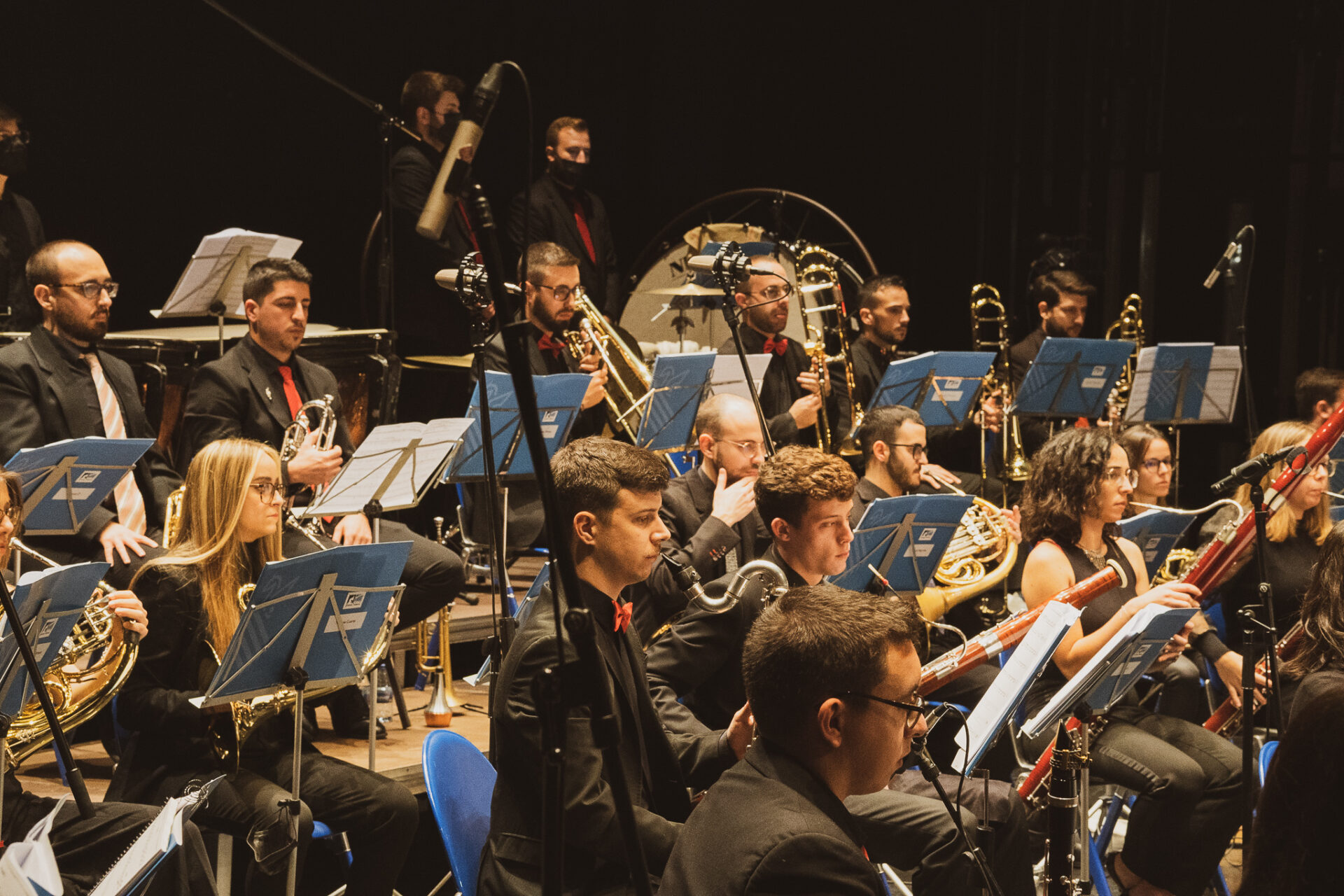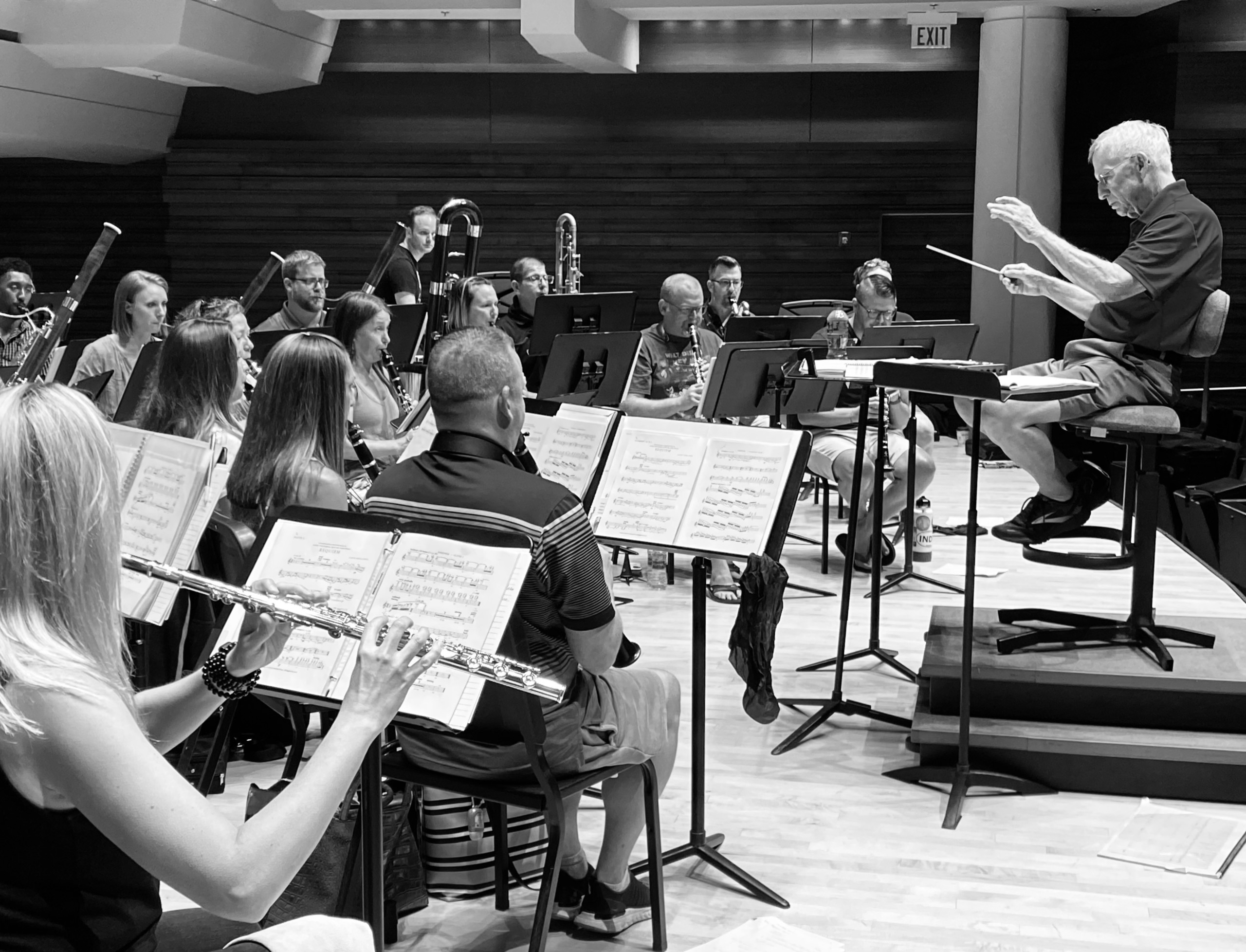Maslanka Weekly highlights excellent performances of David Maslanka’s music from around the web.
Life can be defined as “The condition that distinguishes animals and plants from inorganic matter, including the capacity for growth, reproduction, functional activity, and continual change.” But what can be said for the spirit of life? Or the meaning of life? David’s music seems to be constantly searching for answers to these questions. Perhaps this is why his music resonates so deeply with the human soul.
This week, we feature three of David’s compositions that focus on the spirit of life and living: Unending Stream of Life, Traveler, and “Movement 4” from A Child’s Garden of Dreams.
Unending Stream of Life
From David’s Program Note:
Scott Bersaglia, conductor of the Sacred Winds Ensemble, asked me to write a piece in honor of the tenth anniversary of the group. This commission reads: “The new work will be a minimum of five minutes in duration…oriented around a sacred theme to be chosen by the composer.” Scott offered me a selection of hymn tunes, and All Creatures of Our God and King just stood out above all the others. It is a good tune and it inspired a whole lot of musical thought in me. The result is a good deal longer than five minutes! It is a set of seven “songs” for wind ensemble, each embodying the original tune, or relating to it in some way. This old melody, All Creatures of Our God and King, is large in spirit, and the harmonization by Ralph Vaughn Williams, which I have adopted in the Overture, is full-bodied and wonderfully satisfying.
All things of light are paralleled and powered by an element of darkness, and my variations, particularly two through five, probe in that direction. Darkness here means awareness of a deep mystery in the universe, and of the struggles that all endure in this life.
The title, “Unending Stream of Life,” comes from the Vietnamese Buddhist monk and prolific author on Buddhist subjects, Thich Nhat Hanh. One statement of his stayed with me throughout the composition of this piece: “We are life. We are inextinguishable!”
Watch below as Kent Krause leads the Wheaton North High School Wind Ensemble in a beautiful interpretation of this music.
More info
- Wheaton North Falcon Bands
- Unending Stream of Life @ davidmaslanka.com
Traveler
From David’s Program Note:
Traveler was commissioned in 2003 by the University of Texas at Arlington Band Alumni Association, the Delta Sigma Chapter of Kappa Kappa Psi and the Gamma Nu Chapter of Tau Beta Sigma, in honor of the career contributions of Ray C. Lichtenwalter, retiring Director of Bands at UT Arlington. Ray has been a close friend and champion of my music for many years, and it was a great pleasure for me to write this piece for his final concert.
The idea for Traveler came from the feeling of a big life movement as I contemplated my friend’s retirement. Traveler begins with an assertive statement of the chorale melody “Nicht so traurig, nicht so sehr” (“Not so sad, not so much”). The chorale was not chosen for its title, although in retrospect it seems quite appropriate. The last part of life need not be sad. It is an accumulation of all that has gone before, and a powerful projection into the future – the potential for a tremendous gift of life and joy. And so the music begins with energy and movement, depicting an engaged life in full stride. At the halfway point, a meditative quiet settles in. Life’s battles are largely done; the soul is preparing for its next big step.
Watch below as Michael Haithcock leads the University of Michigan Symphonic Band in a stunning rendition of this work.
More info
- Michael Haithcock
- University of Michigan Symphonic Band
- Traveler @ davidmaslanka.com
A Child’s Garden of Dreams – IV.
From David’s Program Note:
A Child’s Garden of Dreams was commissioned by John and Marietta Paynter for the Northwestern University Symphonic Wind Ensemble. It was composed in the summer of 1981 and premiered by Northwestern in 1982.
The following material is from Man and His Symbols by Carl Jung:
A very important case came to me from a man who was himself a psychiatrist. One day he brought me a handwritten booklet he had received as a Christmas present from his ten-year-old daughter. It contained a whole series of dreams she had had when she was eight. They made up the weirdest series of dreams I had ever seen, and I could well understand why her father was more than just puzzled by them. Though childlike, they were uncanny, and contained images whose origin was wholly incomprehensible to the father….
In the unabridged German original, each dream begins with the words of the old fairy tale: “Once upon a time….” By these words the little dreamer suggests that she felt each dream were a sort of fairy tale, which she wants to tell her father as a Christmas present. The father tried to explain the dreams in terms of their context. But he could not do so because there appeared to be no personal associations with them….
[The little girl] died of an infectious disease about a year after that Christmas….”[The dreams were a preparation for death, expressed through short stories, like the tales told at primitive initiations.]
The little girl was approaching puberty and at the same time, the end of her life. Little or nothing in the symbolism of her dreams points to the beginning of a normal adult life…. When I first read her dreams, I had the uncanny feeling that they suggested impending disaster….
These dreams open up a new and rather terrifying aspect of life and death. One would expect to find such images in an aging person who looks back upon life, rather than to be given them by a child…. Their atmosphere recalls the old Roman saying, “Life is a short dream,” rather than the joy and exuberance of its springtime…. Experience shows that the unknown approach of death casts an adumbratio (an anticipatory shadow) over the life and dreams of the victim. Even the altar in Christian churches represents, on the one hand, a tomb, and on the other, a place of resurrection – the transformation of death into eternal life.”
I have selected five of the twelve dreams as motifs for the movements of this composition:
- There is a desert on the moon where the dreamer sinks so deeply into the ground that she reaches hell.
- A drunken woman falls into the water and comes out renewed and sober.
- A horde of small animals frightens the dreamer. The animals increase to a tremendous size, and one of them devours the little girl.
- A drop of water is seen as it appears when looked at through a microscope. The girl sees that the drop is full of tree branches. This portrays the origin of the world.
- An ascent into heaven where pagan dances are being celebrated; and a descent into hell where angels are doing good deeds.
Watch below as Glenn D. Price leads the University of Calgary Wind Ensemble in a classic performance of “Movement IV” from the 1999 WASBE Conference.
More info
- Glenn D. Price
- University of Calgary Bands
- WASBE
- A Child’s Garden of Dreams @ davidmaslanka.com
We would love to hear from you! If you know of any outstanding performances of David Maslanka’s music on the web, please email us at maslankaweekly@maslanka.org.





